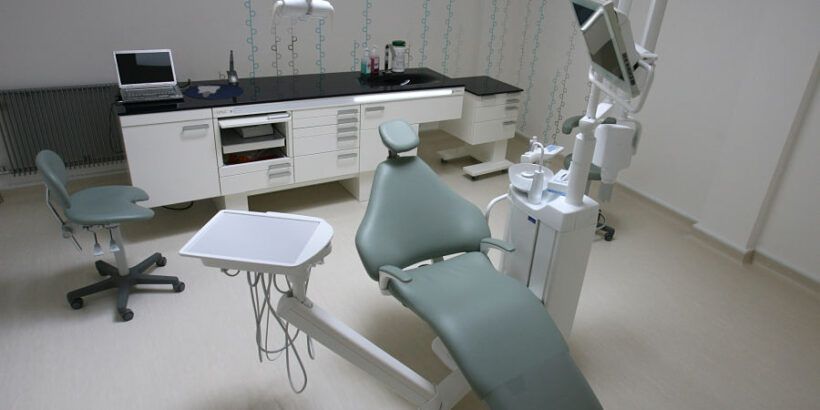One of the biggest differences between retirees and pre-retirees is their knowledge about what Medicare covers — and more importantly, what it doesn’t. Many newly minted retirees are shocked to learn that traditional Medicare doesn’t cover dental, hearing or vision services, despite the fact that the need for that type of care increases with age.
Advertisement
Some beneficiaries in traditional Medicare may have private coverage for these services, but many do not.
All-inclusive Medicare Advantage plans typically include some coverage for dental, hearing and vision services, but the extent of that coverage and the value of these benefits varies.
As a result, Medicare beneficiaries who need dental, vision or hearing care may face out-of-pocket costs that can run into the hundreds and even thousands of dollars for expensive dental treatment, hearing aids or corrective eyewear. Many forego getting the care or treatment they need due to cost. Financial advisers should be aware of how much money their clients need to set aside for medical premiums and uninsured expenses each year as health care costs are often the single largest line items in a retiree’s budget.
A newly released report from the Kaiser Family Foundation explores the extent and impact of these coverage gaps just as Congress debates whether and how to expand Medicare Part B coverage to include dental, hearing and vision services.
Higher-income beneficiaries, defined as individuals with incomes over $88,000 and married couples with joint incomes over $176,000, pay higher monthly premiums for both Medicare Part B, which covers doctors’ fees and outpatient services, and Medicare Part D prescription drug plans, than average income retirees. High-income surcharges, known as income-related monthly adjustment amounts or IRMAA, will be announced in November for coverage beginning Jan. 1.
The KFF report found that only 8% of beneficiaries used hearing services, but close to half reported having difficulty hearing. Similarly, 35% report using vision services and more than one-third reported difficulty seeing. Dental services were the most widely used, with 53% of beneficiaries reporting using dental services in the past year.
But high out-of-pocket costs can prevent beneficiaries from obtaining needed care. In 2019, 9.5 million beneficiaries — including 16% of traditional Medicare beneficiaries and 17% of Medicare Advantage enrollees — reported that there was a time in the last year they could not get dental, hearing or vision care,
Among users of these services, beneficiaries enrolled in Medicare Advantage plans spent less out of pocket for dental and vision care than beneficiaries in traditional Medicare in 2018, but there was no difference between the two groups in spending on hearing care. Both groups spent substantially more for dental and hearing services than vision services.
For dental services, average out-of-pocket spending was $766 among beneficiaries in Medicare Advantage and $992 among beneficiaries in traditional Medicare. For vision services, average out-of-pocket spending was $194 among beneficiaries in Medicare Advantage and $242 among beneficiaries in traditional Medicare. Most Medicare Advantage enrollees had coverage for some dental, vision and hearing benefits, but still incurred out-of-pocket costs for these services.
Lower average out-of-pocket spending among Medicare Advantage enrollees for dental and vision care is likely due to several factors, the KFF report said. Most Medicare Advantage enrollees have coverage for dental, hearing, and vision services through their plan, which helps to improve the affordability of these services. Lower out-of-pocket spending among Medicare Advantage enrollees may also be related to lower overall income levels among these beneficiaries.
Previous KFF analysis showed that average out-of-pocket spending on dental care rises with income because higher-income beneficiaries are better able to afford such expenses, not because they have greater dental needs. It is possible that some traditional Medicare beneficiaries used more, or more expensive, types of dental and vision care than those in Medicare Advantage, contributing to their higher average out-of-pocket costs for these services, the report said.
Lawmakers are considering adding dental, hearing, and vision benefits to Medicare as part of the budget reconciliation bill — a change that would be the largest expansion of Medicare benefits since the Part D drug benefit was launched in 2006. These program improvements would lead to higher federal spending of $358 billion over 10 years, according to the Congressional Budget Office, and likely to eventually lead to even higher premiums for upper-income retirees.
(Questions about Social Security rules? Find the answers in Mary Beth Franklin’s 2021 ebook at MaximizingSocialSecurityBenefits.com.)



